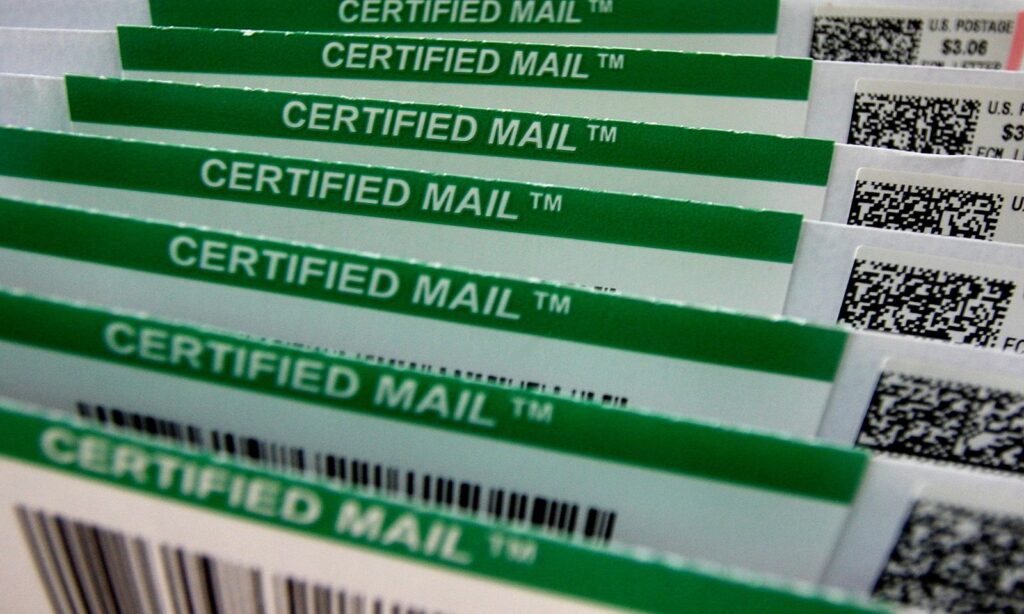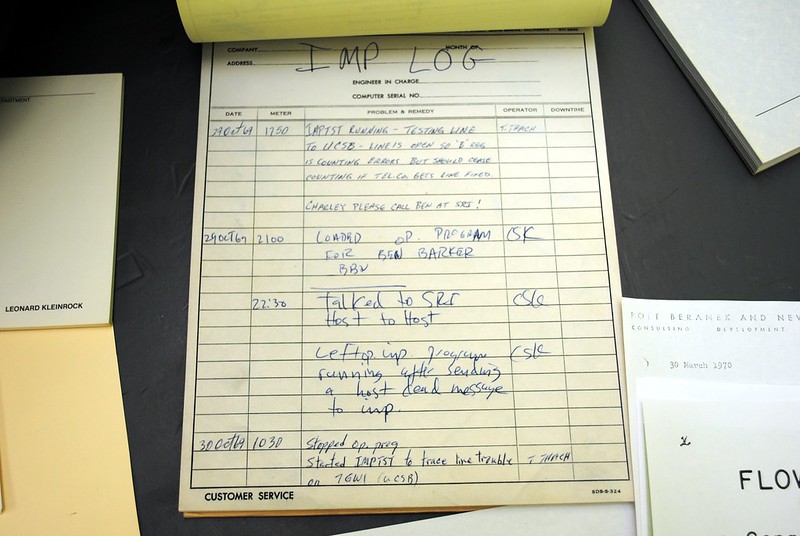Picture this: you’re in your comfiest sweatpants, scrolling TikTok, when suddenly you spot a $2,000 collection notice blinking from your inbox like a red-alert spaceship. Your heart does the cha-cha, and you briefly consider auctioning off your vinyl record collection to cover it. But instead of spiraling, I channeled my inner DIY legal warrior and wielded every consumer-rights trick in the book to make that bill disappear. Here are the 14 tactics that took me from terrified debtor to debt-collector slayer—no cape required.
1. Demand a Debt Validation Letter

I kicked things off by sending a “validation request” the moment that ominous letter landed on my doorstep. I circled my calendar and fired off a certified-mail demand within the first 30 days, insisting they prove the debt—even if it meant uploading ancient PDFs from the 1990s. According to the Federal Trade Commission, disputing the debt in writing forces collectors to halt all collection efforts until they produce rock-solid proof. That meant no calls, no emails, no voicemail scares until I saw contracts, judgments, or original invoices. I felt like Sherlock Holmes sifting through smoky rooms, hunting for any sign of paper trails. My letter was polite but firm: “Please provide the creditor’s name, itemized balance, and proof of assignment.” Within days, their silence was my first victory.
That break in the barrage felt like hitting a snooze button on my financial panic. When they finally replied, the photocopies they sent didn’t even match their own account summaries—score one for me. I penned follow-ups to highlight mismatched dates and amounts, each time demanding corrections. They’d scurry back with marginally improved docs, but the errors persisted. After three strongly worded letters, they conceded and dropped the claim entirely. It was exhilarating to watch them wilt under the weight of their own paperwork. Plus, my wallet got a much-needed break from those relentless late-fee threats.
2. Check If the Statute of Limitations Has Expired

Next, I dove into state law to see if the clock had run out on their ability to sue me. I pored over statutes and learned that many states allow only three to six years to file legal action. The folks at Consumer Finance outline it clearly—if your last payment date is older than your state’s limit, collectors can harass you, but they can’t haul you into court. I noted my final payment and realized I was comfortably past that window. That meant they could send all the letters they wanted, but they had zero legal standing.
Armed with this insight, I sent another certified letter citing my state’s statute-of-limitations clause and demanding they stop threatening legal action. I even attached a printout of the Nolo summary—because nothing says “I know my stuff” like dropping a legal brief. They came back with a bland apology and removed references to lawsuits from their script. Calls tapered off, and eventually, my file was sold to a company that never contacted me again. It felt almost unfair how easily a little legal research can flip the game. But hey, if the law is there, why not use it?
3. Negotiate a “Pay-for-Percent” Settlement

When validation and statutes didn’t fully squash the balance, I turned to my budget and proposed a partial payoff. The Consumer Financial Protection Bureau points out that collectors buy bad debt for pennies on the dollar, so they’re often happy to accept a fraction back. Armed with that intel, I calculated my ceiling—$800—and called them up with a simple pitch: “I’ll pay $800 today if you’ll accept that as settlement in full.” It felt bold, almost like haggling at a flea market, but debt collectors expect pushback.
They countered at $1,000, I stuck firm at $800, and after a brief back-and-forth we shook on 40% of the original balance. I requested the deal in writing, emailed it to myself, and clicked “pay” within the hour. That night, I slept like a baby knowing I’d just saved $1,200. Sure, not every collector will take your first offer, but presenting a reasoned, budget-based figure shows you’re serious—and savvy.
4. Document Every Interaction Like a Lawyer

With settlement in sight, I doubled down on my evidence game. Over on Federal Register, they stress the power of logging every call and following up via email. So I kept a detailed call log—date, time, agent name, summary—and fired off email recaps right after each chat. That created an airtight paper trail where any misstatement could be instantly called out. When one agent claimed I’d missed a payment in July, I forwarded our June-dated email exchange proving otherwise and asked for a correction.
They hated it. Each subsequent call felt like walking on eggshells, and their usual intimidation tactics evaporated. I also saved voicemails and mailed certified letters whenever needed, so they couldn’t claim ignorance. After two weeks of meticulous record-keeping, they finally admitted defeat. Armed with documented proof, I looked invincible—and my collection calls fizzled out.
5. Push for a Pay-for-Delete Agreement

Even after the cash changed hands, a settled account can still drag your credit score through the mud. I turned to Bankrate to learn about “pay-for-delete” letters and how some collectors will actually scrub your report in exchange for payment. I drafted a concise request—quoting my settlement agreement, account number, and a promise to pay immediately if they’d confirm in writing to remove the derogatory mark. I addressed it to the exact agent handling my case to keep it personal.
Within days, I had an email saying, “We agree to delete upon receipt of funds.” I saved that PDF like it was a winning lottery ticket. Thirty days later, I checked my credit report and the collection line was gone—just like magic. My score jumped over thirty points, and I got to bask in that sweet, sweet feeling of a clean slate. Sometimes all it takes is the right ask to rewrite your credit history.
6. Flaunt Your Consumer Rights Knowledge

I discovered that sprinkling FDCPA citations into conversations can make collectors backpedal fast. Mid-call, I’d drop lines like, “As per Section 805(c), you’re not allowed to call me at work,” and watch them freeze. It’s oddly satisfying to see an agent scramble to Google their own rulebook. Suddenly, they’re tip-toeing, offering softer tones and more patient explanations. It turns a nerve-racking call into a calm, respectful dialogue.
Plus, when you mention you’re recording per Section 809, they behave like angels. It’s not about being rude—it’s about showing you know the rules. A few well-placed legal references will earn you more respect than any apology ever could. And hey, defense is the best offense when you’re dealing with professional hounds.
7. Use the “Cease and Desist” Hammer

When the calls felt relentless, I decided to pull out the big guns: a formal cease-and-desist notice. I drafted a crisp letter invoking my right under the FDCPA to stop all communication “except to confirm receipt.” I sent it via certified mail and waited. For an entire week, the phone stayed silent—no calls, no texts, no voicemails. It was glorious.
When they finally replied, it was only to acknowledge my request. Suddenly, the campaign of daily reminders felt like ancient history. They continued to send balance notices, but the harassment had stopped. That silence saved me hours of stress and reinforced that I was in control. And if they ever slip up, I’ve got the return receipt to prove they violated my rights.
8. Threaten an FDCPA Complaint

Next, I learned that collectors genuinely fear regulatory backlash. So I dropped a line in my next letter: “I will file a complaint with the CFPB and my state Attorney General if this harassment continues.” Boom—suddenly their tone went from drill sergeant to polite assistant. They replied with an expedited settlement offer just to avoid the hassle. It was like watching a bully get shoved by the teacher.
After that, every communication was surprisingly cordial and compliant. They even sent me their internal policy manual, hoping to prove they were on the level. I saved those docs for future leverage, just in case. Nothing speeds up cooperation quite like a well-threatened complaint. And here’s the kicker: I never actually filed one. Just knowing my rights—and signaling that I wasn’t afraid to escalate—was enough to flip the power dynamic. Suddenly, they were walking on eggshells, and I was the one calling the shots.
9. Ask for Account History from the Original Creditor

Sometimes the debt collector’s numbers don’t match reality, so I went straight to the source. I called my original creditor and requested my entire payment history. They emailed me a spreadsheet with every transaction, date-stamped and crystal clear. Comparing that to the collector’s account, I found enough errors to challenge them outright.
I forwarded the mismatched data side-by-side and demanded clarification. They couldn’t explain why their balance was higher, so they backed off. Without a consistent chain of title, their hunt lost all credibility. It was another reminder that documentation from the source is your strongest friend. Debt collectors count on you not doing your homework—but when you do, they fold fast. It’s like showing your receipts at a return desk; suddenly, the attitude shifts. Facts talk, and fluff walks.
10. Leverage “Hardship” for More Time

When immediate payment felt impossible, I applied for a brief forbearance by sharing a hardship letter. I described a recent job loss and unexpected medical bills, then requested a 60-day pause on all garnishments and interest. To my surprise, they agreed and gave me a two-month grace period to get my finances in order.
That breathing room let me cobble together a lump-sum settlement without feeling rushed. I returned to the negotiating table with confidence and secured a better deal. Hardship letters show collectors you’re taking responsibility, not dodging them, which they respect. Sometimes honesty really is the best policy. Plus, it puts a human face to the balance they’re chasing—it’s harder to be aggressive when someone’s laid out their struggles clearly and respectfully. They may still want their money, but they’re far more likely to work with you, not just come after you. A well-written hardship letter won’t erase your debt, but it can seriously shift the tone—and the terms.
11. Consolidate to Delay the Real Fight

Juggling multiple collector calls was a nightmare, so I opted for debt consolidation. I took out a low-interest personal loan through my credit union and used it to pay off the collector’s balance. Overnight, I went from three creditors to one friendly local bank.
The new single payment was predictable and more affordable, which eased the pressure. Collectors stopped calling because my debt had been bought out of their portfolio. It felt like merging stormy rivers into one calm stream. Now I focus on one on-time payment each month instead of endless collection drama. Plus, it boosted my credit score by closing out delinquent accounts and replacing them with a loan in good standing. The peace of mind alone was worth it—I could finally answer unknown numbers without a mini panic attack. Consolidation doesn’t erase your debt, but it can make it manageable and quiet the chaos. It’s like hiring a bouncer for your financial life—only the invited bills get through.
12. Call Their Bluff on Lawsuits

Collectors love to wave around legal threats, but most never actually file. I decided to test that bluff by asking, “Have you filed a lawsuit? Please provide the case number.” When they couldn’t, I told them I’d dismiss the threat as hollow. Their next move was to tone down the scare tactics and return to real negotiation.
By demanding proof of any legal action, I drained their main intimidation tool. It also bought me time and put them on the defensive. Without actual court documents, their threats are just hot air. So next time they shout “lawsuit,” you know exactly what to say. Most of the time, they’re banking on fear to get a quick payment. But once you show that you know your rights, the bluster fades fast. I even started keeping a little script near the phone, just to make sure I didn’t get flustered. Knowing the difference between real legal action and empty threats is a total game-changer—and it can save you from making expensive panic decisions.
13. Offer to Pay via Money Order Only

When it was time to pay, I insisted on doing so via money order—no autopay, no bank-account details. Collectors groaned, but money orders protect you from hidden garnishments and unauthorized debits. I mailed mine with tracking and kept the receipt like a treasure.
Watching them cash that money order felt like a small victory lap. They couldn’t come after my checking account, and I had undeniable proof of payment. It’s a simple tweak that shifts the power back to you. Plus, feeling secure about your finances makes the fight so much sweeter. I didn’t have to worry about surprise withdrawals or shady double-charges days later. There’s something powerful about controlling the exact amount and timing of your payment—on your terms. Also, when everything is done through the mail, there’s a nice little paper trail that can save your butt if anything goes sideways. Collectors aren’t used to people playing defense this well, and it throws them off. It might seem old-school, but a money order and a tracking number can go toe-to-toe with their automated systems any day.
14. Enlist a Pro—Credit Counselor or Attorney

Finally, I realized sometimes you need a tag-team partner, so I reached out to a nonprofit credit counselor. They reviewed my budget, negotiated a reduced payment on my behalf, and even got some fees waived. Their official letterhead carried more weight than my frantic emails ever could.
If you prefer a legal guarantee, a consumer-protection attorney can step in—often on contingency, so they only get paid if you win. Collectors know that once an attorney’s involved, the stakes shoot up. With expert backup, you’ll find that even a $2,000 bill can shrink into a manageable, almost-fun memory. It’s like walking into a fight with a personal trainer in your corner—you’re no longer flailing, you’re strategizing. I didn’t just feel heard; I felt protected. Having someone experienced take the wheel also gave me mental breathing room to focus on other parts of my life. And when collectors realized I had professionals on my side, their attitude changed fast. Suddenly, their scripts got quieter and their offers got better. Turns out, nothing spooks a collector like someone who knows what they’re doing—and has a squad.
This article is for informational purposes only and should not be construed as financial advice. Consult a financial professional before making investment or other financial decisions. The author and publisher make no warranties of any kind.









